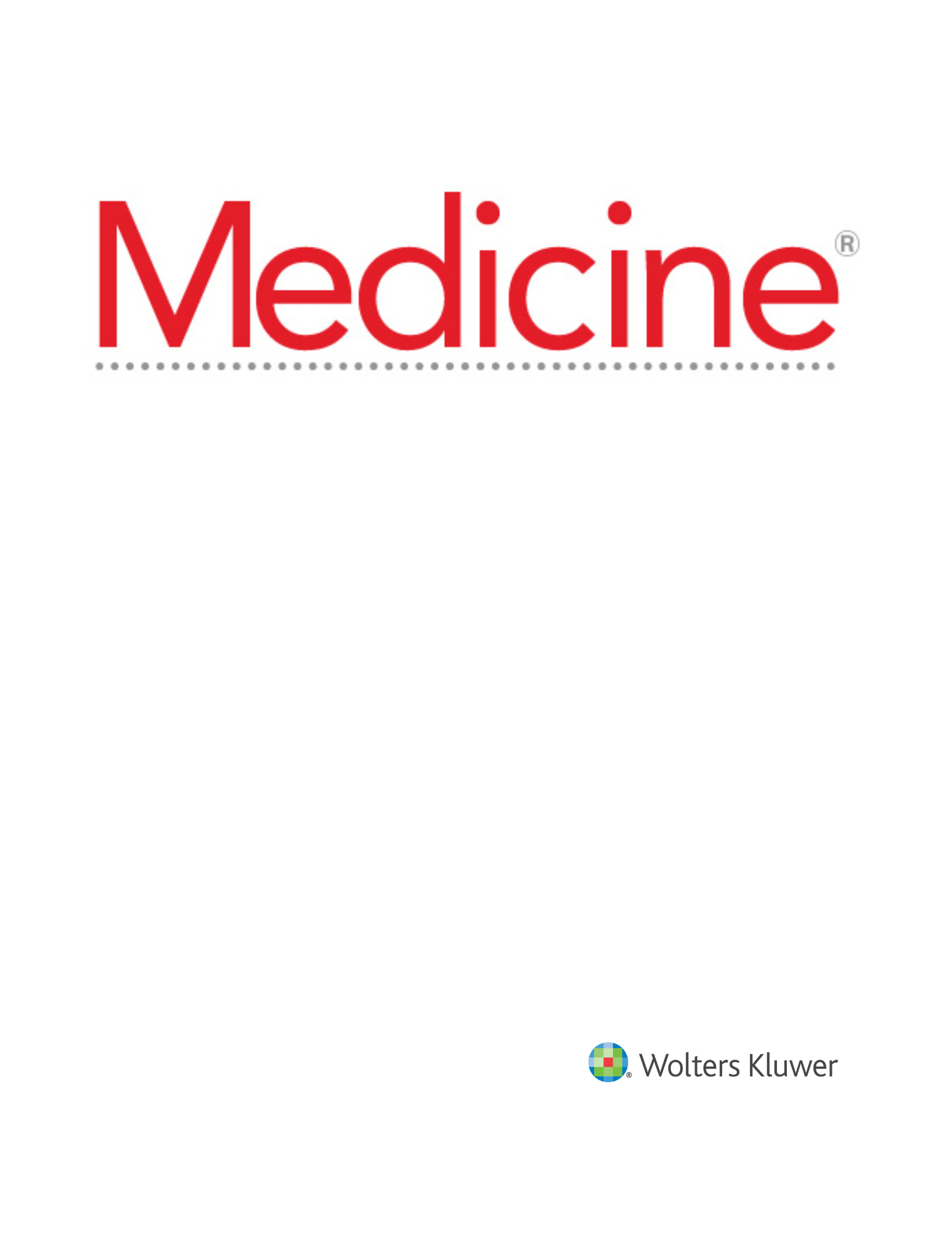
Comparing Cemented vs Uncemented Hemiarthroplasty in Elderly Patients with Femoral Neck Fractures

Comparing Cemented vs Uncemented Hemiarthroplasty in Elderly Patients with Femoral Neck Fractures
Cemented versus uncemented hemiarthroplasty for elderly patients with displaced fracture of the femoral neck: A PRISMA-compliant meta-analysis of randomized controlled trial.
Medicine (Baltimore). 2020 Aug 14;99(33):e21731.Did you know you're eligible to earn 0.5 CME credits for reading this report? Click Here
Synopsis
A total of 15 randomized controlled trials with 2052 elderly patients who sustained femoral neck fractures were included in this meta-analysis comparing cemented and uncemented hemiarthroplasty. Outcomes of interest included length of stay, operation time, incidence of re-operation, incidence of residual pain, intra-operative and post-operative blood loss, incidence of mortality, Harris Hip Scores...
To view the full content, login to your account,
or start your 30-day FREE Trial today.
FREE TRIAL
LOGIN
Forgot Password?
Explore some of our unlocked ACE Reports below!

Learn about our AI Driven
High Impact Search Feature
Our AI driven High Impact metric calculates the impact an article will have by considering both the publishing journal and the content of the article itself. Built using the latest advances in natural language processing, OE High Impact predicts an article’s future number of citations better than impact factor alone.
Continue



 LOGIN
LOGIN

Join the Conversation
Please Login or Join to leave comments.